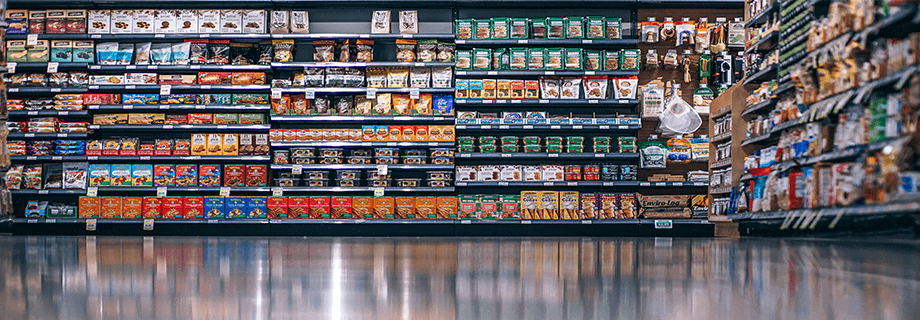What’s In My Food? – More Questioning About What Happens Throughout the Supply Chain

These days it has become common to hear new information, both good and bad, about food. Sometimes we hear about food recalls in the popular press. Other times it’s a new marketing campaign about how a certain way of doing things is “better”. Recently, you may have read about the “farm-to-table” movement on our blog:
“There is a Farm-to-Table movement underway that is driven by the local consumer where consumers are willing to pay higher prices to consume foods that come with the story/connection to how it was grown and where it was produced. When given the choice, many consumers are willing to pay premiums to address food issues like: sustainability, organic, Non-GMO, antibiotic-free, free-range and humanely raised proteins. In effect, they correctly perceive that they can directly influence their food supply by seeking out and paying high dollar for foods that provide solutions to their personal concerns regarding food quality.”
Despite all of the claims in the media and new information, the most important thing to consider is the quality in terms of what you use, day after day, to supply yourself with nutrients – essential components of food that help you perform your best.
But, another thing to consider is that food supplies you with other things, too. The NFL recently advised pro football (the USA version) players to avoid over consuming meat in China and Mexico because it may cause them to test positive for clenbuterol, an anabolic agent considered performance enhancing and banned by the league. Also, in Russia, a group of people became ill after eating meat with antibiotic levels 270-times the allowable limit.
In the USA, researchers recently warned about a dose-response effect of eating fast food – more fast food consumed in the previous day equaled more phthalates being secreted in urine. While the scientific consensus on the dangers of ingesting these chemicals is not conclusive, the exposure to them is very real. These chemicals are considered red flags to researchers as they are commonly found in plastics and food packaging.
One important consideration with all of this is the method used for processing after harvest. At Insta-Pro Intl, we offer chemical-free, mechanical equipment and technologies for processing raw materials, like soybeans and grains. We like to say, “nothing added, nothing taken away”, with our equipment and technology. Insta-Pro’s equipment helps take away the possibility of contaminating your food with any chemicals after it has been harvested. As more about our food systems are questioned, one should consider what happens at the processing line.

